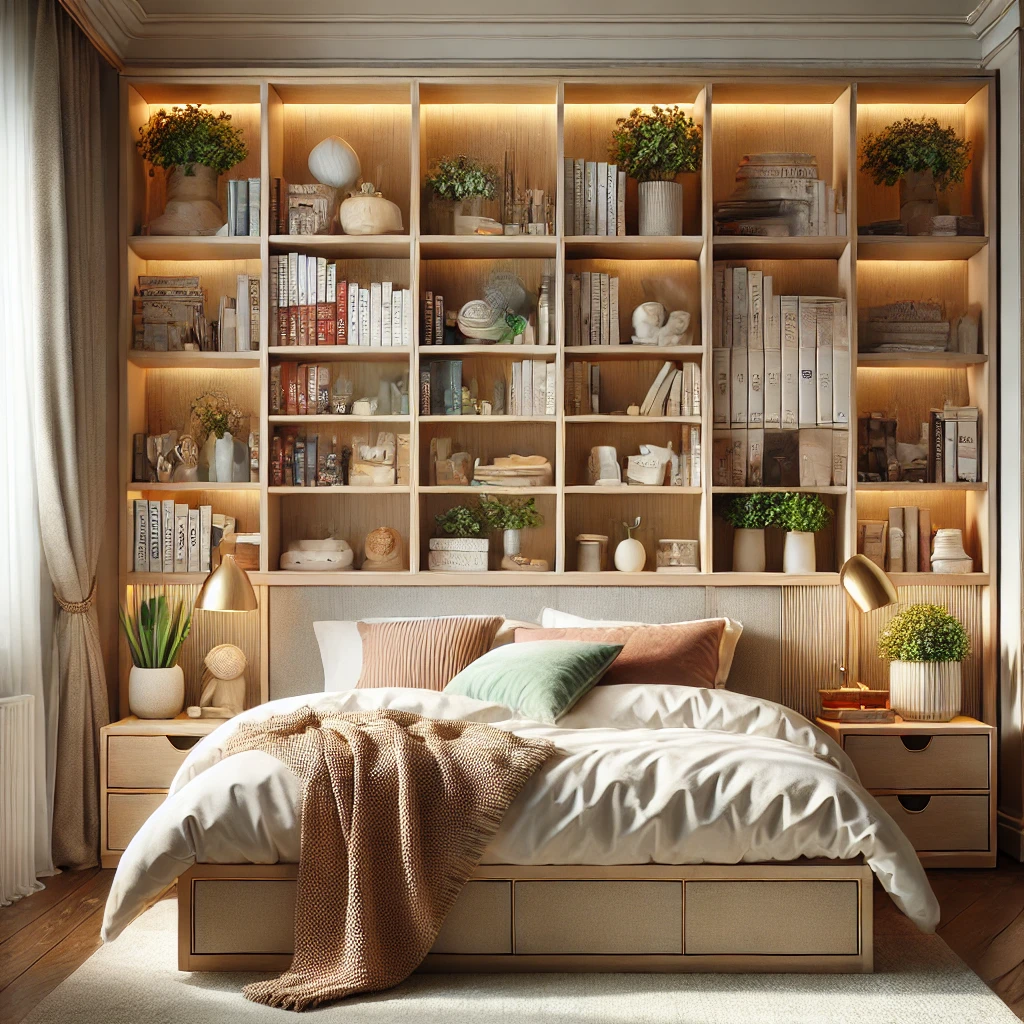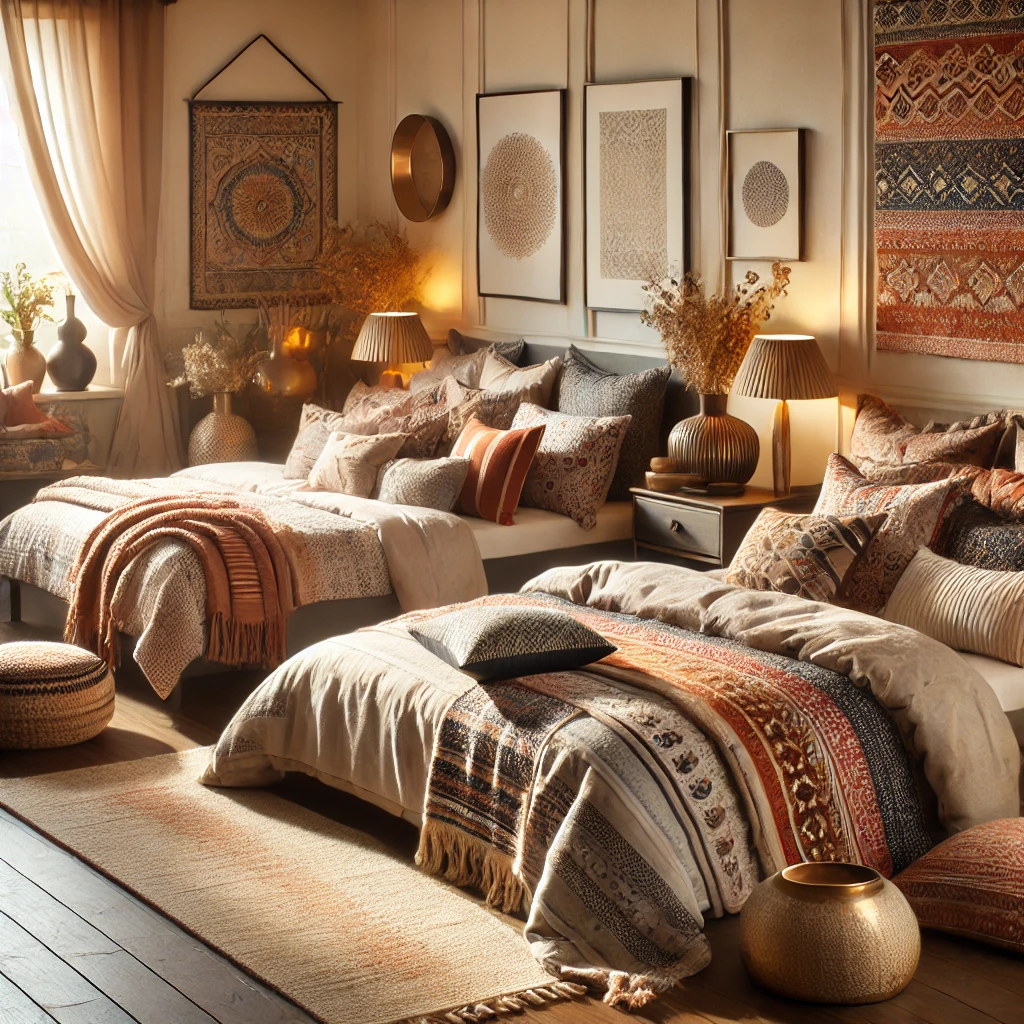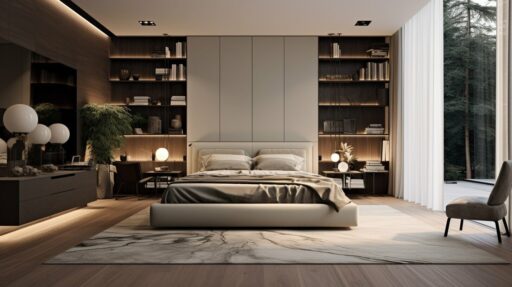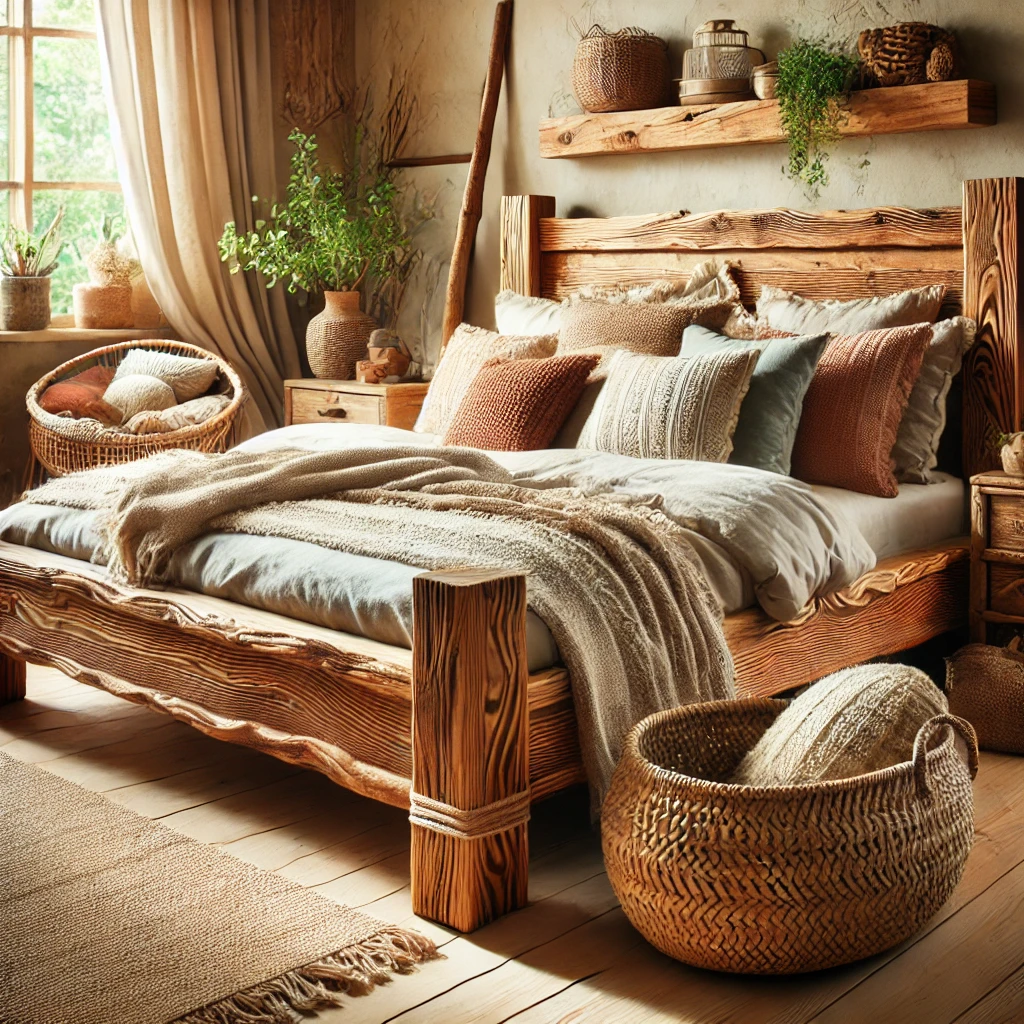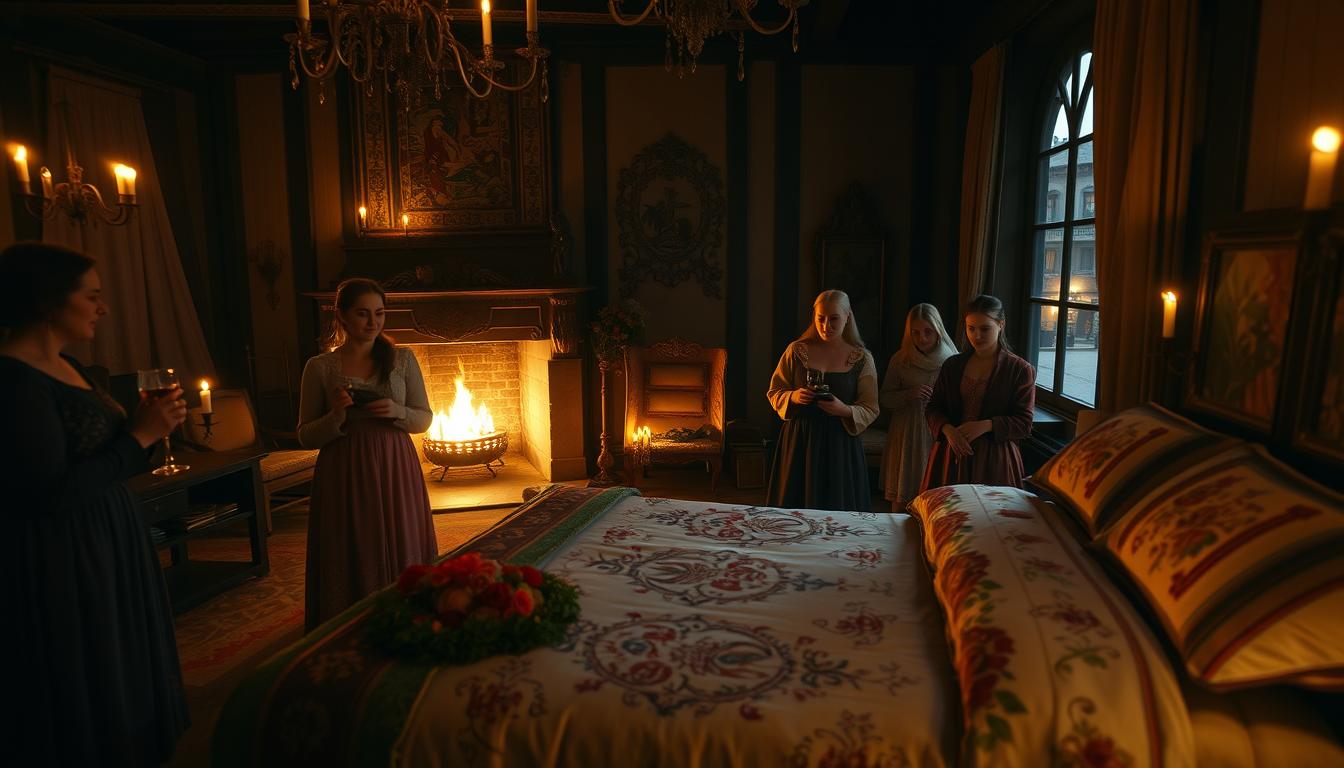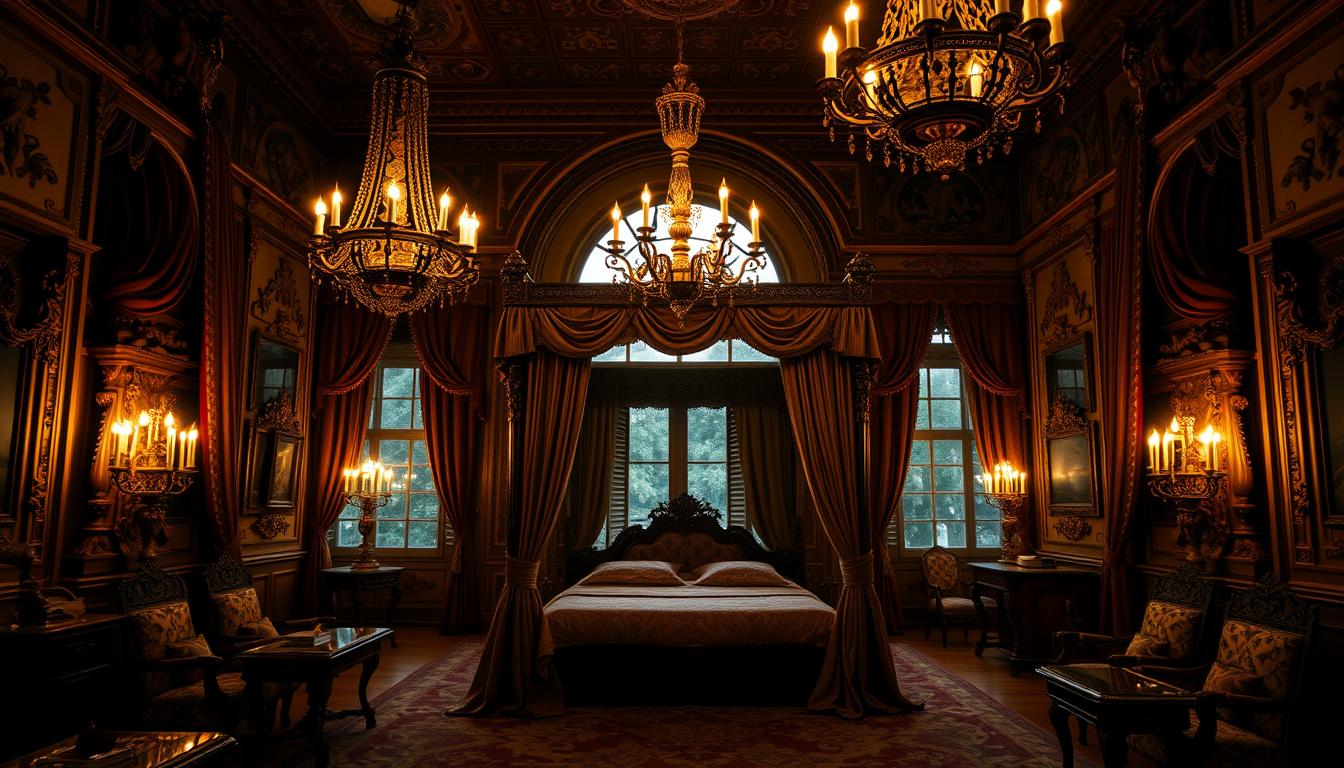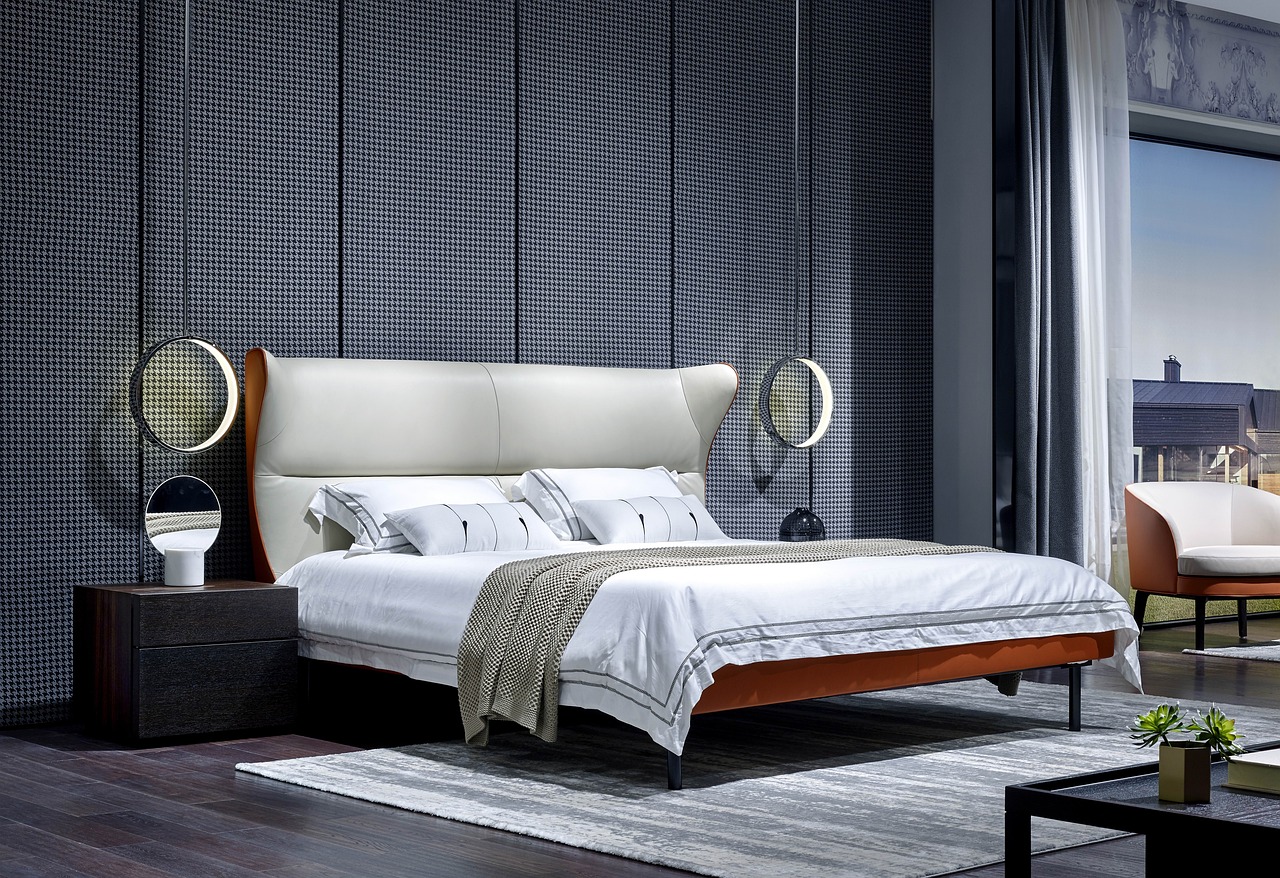Discover the Benefits of a Bookcase Storage Bed for Your Bedroom
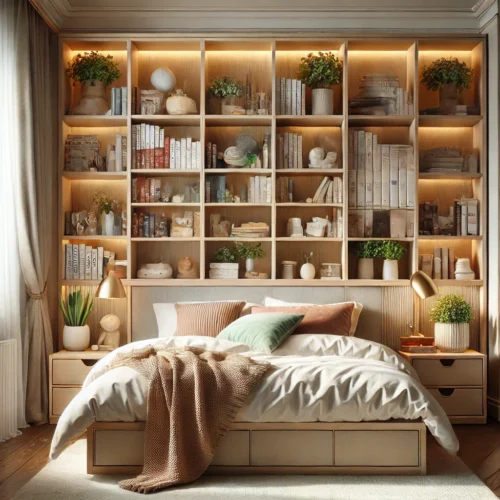
In today’s fast-paced world, maximizing space in our homes is more important than ever. A bookcase storage bed is an innovative solution that combines functionality with style, making it an ideal choice for those looking to declutter their bedrooms while adding a touch of elegance. With built-in shelves and compartments, this type of bed not only serves as a comfortable sleeping area but also provides essential storage space. Here, we’ll explore the many benefits of a bookcase storage bed and why it might be the perfect addition to your bedroom.
1. Space-Saving Design
One of the most significant advantages of a bookcase storage bed is its space-saving design. By integrating storage solutions into the bed frame itself, you can eliminate the need for additional furniture, such as nightstands or separate bookcases. This is especially beneficial in smaller bedrooms where space is limited. Instead of cluttering your floor with extra furniture, you can utilize the vertical space of the bed for storage, keeping your room organized and tidy. I’ve personally found that having books and essentials within arm’s reach makes for a more functional and inviting bedroom.
2. Functional and Versatile Storage
Bookcase storage beds come with various storage options, including shelves, drawers, and even hidden compartments. This versatility allows you to store a wide range of items, from books and decorative pieces to personal belongings and linens. By keeping frequently used items within easy access, you can create a more efficient living space. Imagine being able to grab your favorite book or an extra blanket without leaving your cozy bed! This level of convenience enhances the overall functionality of your bedroom.
3. Aesthetic Appeal
While practicality is essential, aesthetic appeal is equally important when choosing furniture for your bedroom. A bookcase storage bed can be a stylish addition that enhances your decor. Available in various designs, materials, and finishes, you can find a bookcase bed that complements your existing style, whether it’s modern, rustic, or traditional. A well-chosen bed can become the focal point of your room, showcasing your personal taste and enhancing the overall ambiance.
4. Organized Living Space
A bookcase storage bed promotes an organized living space by providing designated areas for your belongings. When everything has its place, it becomes easier to maintain a tidy environment. The open shelves of the bookcase allow for easy visibility and accessibility, making it simple to find what you need. I’ve experienced how a well-organized bedroom can positively impact my daily routine, creating a sense of calm and relaxation in my living space.
5. Ideal for Kids and Teens
Bookcase storage beds are particularly beneficial for kids and teens, who often have a variety of belongings that need to be stored. From books and toys to clothes and school supplies, a bookcase bed can help keep their rooms organized and clutter-free. Additionally, the built-in shelves can encourage reading by making books easily accessible. I’ve seen firsthand how a designated space for books and personal items can help foster a love for reading and responsibility in children.
6. Customization Options
Many bookcase storage beds come with customization options, allowing you to tailor the design to fit your specific needs. You can choose the number of shelves, drawer sizes, and even the bed frame style. This level of customization means you can create a storage solution that works perfectly for your space and preferences. Whether you need more shelf space for books or larger drawers for clothing, the flexibility of a bookcase bed can accommodate your needs.
Conclusion
A bookcase storage bed is an excellent investment for anyone looking to maximize space while adding functionality and style to their bedroom. Its space-saving design, versatile storage options, and aesthetic appeal make it a perfect choice for small spaces or for those who simply want to stay organized. By choosing a bookcase storage bed, you can create a more efficient and inviting living space that reflects your personal style. Embrace the benefits of this innovative furniture solution and transform your bedroom into a cozy sanctuary!

